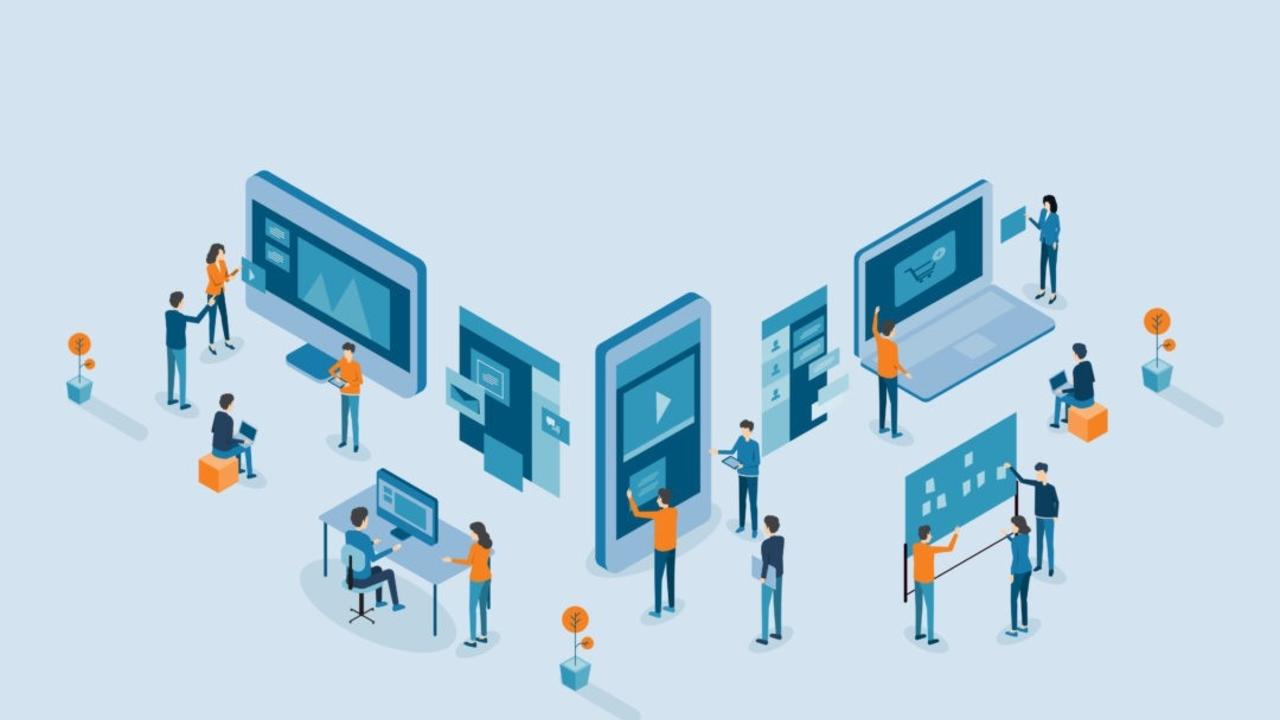How to Leverage Your Office Design for Happier Employees
Dec 27, 2016
Every leader values different qualities and characteristics in their team. Creativity, collaboration, productivity, and positivity are all important, but it can at times be difficult to encourage these qualities in your team.
Though it may not seem like it, office design can be a powerful tool for affecting how your team thinks and operates. Even on a small scale, you can change things about the space that you work in, and by doing so, change things about the team that you work with.
Office Design for Boosting Creativity
Many business leaders strive to encourage creativity – hoping to end up with a dream team of innovative thinkers and problem solvers. In the day-in, day-out grind of the business workweek, it can be difficult to keep your team’s minds active and engaged. Try these workspace design changes.
1. Let your employees rule their own space.
Photos, personal items, and even pets (OK, I know that’s a bit much) will liven up the office and make your employees feel more at home. And what’s better, it’s a change that costs you absolutely nothing.
2. Bring the outdoors in.
Nature has a restorative, relaxing, and refreshing effect that can relieve stress and depression, and bolster mental health. It doesn’t have to be an extreme effort, either — a few potted plants will be enough to add green to the office
3. Designate "focus" spaces.
Wide-open office spaces are all well and good, but it’s important that if an employee wants to be alone, they have somewhere quiet to go work, eat, have a quick meeting, or make a phone call.
Office Design for Increased Collaboration
Getting your team to work together and think together is a valuable ability. If your employees are always confined to their own offices or their own desks, chances are they’re not doing a lot of communicating with the people around them. Try these simple changes to promote collaboration.
1. Set up a community table.
The big open table isn’t just for meetings anymore — it’s for work, too. According to Fast Company, the community table makes the workplace “more relaxed, more congenial, and collaborative.”
2. Get rid of permanent layouts.
Confining people to cubicles cuts them off from the rest of their peers, as does confining them to their own desks. Giving your employees flexibility in where they work can create a more dynamic and collaborative workplace.
3. Make your walls interactive.
Bulletin boards, chalkboards, whiteboards, and even windows can be used as collaborative spaces. Your employees can use them to flesh out ideas, leave reminders, or even conduct meetings.
Office Design for Maximizing Productivity
Making your employees more productive is a delicate art — you can’t just push them to produce more, or the quality of work will suffer. Small changes to free up the mind and decrease stress are easy and intuitive. Try these little things around the office.
1. Hide the wires.
Clutter on your desk can bring chaos to your workspace, as well as to your mind. The first step to organization is to hide the wires, creating a clear, clean, and controllable workspace for your employees.
2. Invest in good lighting.
Bad lighting can strain your eyes as well as your mind. Natural light is a good way to combat the ill effects of fluorescent lights — or, if you’re short on windows, try natural light bulbs or a light therapy lamp.
3. Don’t freeze your employees.
Studies show that cold offices are linked to lower productivity, so raise the thermostat a few degrees. Or, tell your employees to come to work with sweaters and blankets — and maybe even foot warmers.
Office Design for More Positivity
Your employees need to enjoy the space in which they work. Positivity is simple to improve, and it can affect change in all of the other qualities you want to see in your work team. The overall happiness of your team can be affected by these simple office changes.
1. Make your office comfy.
The sleek, modern look is all well and good, but sometimes it can be very uncomfortable. Add pillows to your workspace for easy improvement, or even just let your employees bring pillows from home.
2. Create social areas.
Designated lounge spaces, or places to spend your lunch break, can bring your employees in contact with each other. Spending time with other employees can improve collaboration, creativity, and overall happiness.
3. Color-code different spaces.
Different colors encourage different mindsets. Blue has relaxing effects, red increases concentration, and orange increases enthusiasm. By color-coding spaces, you can create different feelings in different areas.
Bottom Line
Making changes to your office space can change the output of your team. Creativity, collaboration, productivity, and positivity — among other group qualities — can be greatly affected by how you set up your office.
- Do you let your employees customize their workspaces?
- Do you have community spaces for your employees to interact?
- Are there any design tips that you’ve discovered that promote these qualities?


